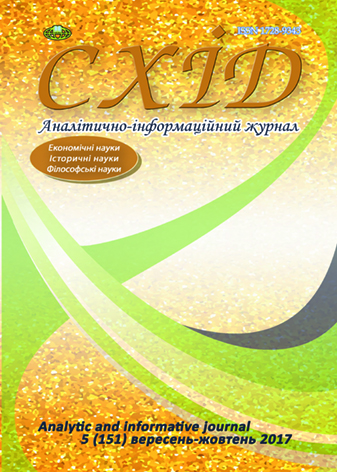The role of love affection in the formation of social cooperation and caring for offspring in humans and animals
DOI:
https://doi.org/10.21847/1728-9343.2017.5(151).117408Keywords:
ardipithecus, the theory of the Black Queen, empathy, caring for the offspring, bipedalism, love affection, social cooperationAbstract
This paper is devoted to the theme of the role of love affection in the social life of animals and humans. Attention is drawn to the importance of empathy among some species of monogamous mammals, which played an important role in the development of love relationships. The hypothesis of anthropologist Owen Lovejoy is considered, according to which love and care played an exceptionally important role in the evolution of early hominids, which became a possible cause of canine reduction, concealed ovulation, development of bipedal and brain enlargement. The family relationship of the ancient ardipithecus is the key to understanding the evolution of Homo sapiens. The hypothesis of the Black Queen is analyzed, which suggests one of the explanations for the popularity of sexual reproduction among eukaryotic organisms.
Downloads
References
Butovskaya, M. (2004), Secrets of sex. Man and woman in the mirror of evolution, The Century 2, Fryazino, 368 p. (rus)
Vaal, de F. (2014), The origins of morality: In search of human primates. Alpina non-fiction, Moscow, 376 p. (rus)
Markov, A. (2009), Family relations - the key to understanding human evolution, Elements, 09.10. Available at: http://elementy.ru/novosti_nauki/431161/Semeynye_otnosheniya_klyuch_k_ponimaniyu_evolyutsii_cheloveka.
Markov, A. & Naimark, E. (2014), Evolution. Classical ideas in the light of new discoveries, AST: CORPUS, Moscow, 656 p. (rus)
Naimark, Elena (2016), Monogamous voles are able to spare each other, Elements, 30.01. available at: https://elementy.ru/novosti_nauki/432682/Monogamnye_polyovki_sposobny_zhalet_drug_druga (rus)
Fisher, H. (2013), Why do we love: The nature and chemistry of romantic love. Alpina non-fiction, Moscow, 320 p. (rus)
Young, L. & Alexander, B. (2015), Chemistry of Love. A scientific view of love, sex and attraction, Sinbad, Moscow, 432 p. (rus)
Lovejoy, О. (1981), The Origin of Man, Science. Vol. 211. P. 341-350.
Morran, L.T. and Schmidt, O.G and Gelarden, I.A. and Parrish II, R.C. and Lively, C.M. (2011), Running with the Red Queen: Host-Parasite Coevolution Selects for Biparental Sex, Science. Vol. 333. P. 216-218. DOI: 10.1126/science.1206360
Quental, T.B. and Marshall, C.R. (2013), How the Red Queen Drives Terrestrial Mammals to Extinction, Science. Vol. 341. P. 290-292.
Downloads
Published
How to Cite
Issue
Section
License
Copyright (c) 2017 Sergei Kliman

This work is licensed under a Creative Commons Attribution-NonCommercial-NoDerivatives 4.0 International License.
1. Authors bear responsibility for the accuracy of facts, quotations, numbers and names used.
2. Manuscripts are not sent back.
3. The publisher does not always agree with the authors' opinion.
4. The authors reserve the right to authorship of the work and pass the first publication right of this work to the journal under the terms of a Creative Commons Attribution-NonCommercial-NoDerivatives 4.0 International License. This license allows others to distribute (copy) the published work for non-commercial purposes, provided there is mandatory attribution to its authors and a link to the first publication in our journal.
5. The authors have the right to conclude separate supplement agreements that relate to non-exclusive work distribution in the form in which it has been published by the journal (for example, to upload the work to the online storage of the journal or publish it as part of a monograph), provided that the reference to the first publication of the work in this journal is included.

